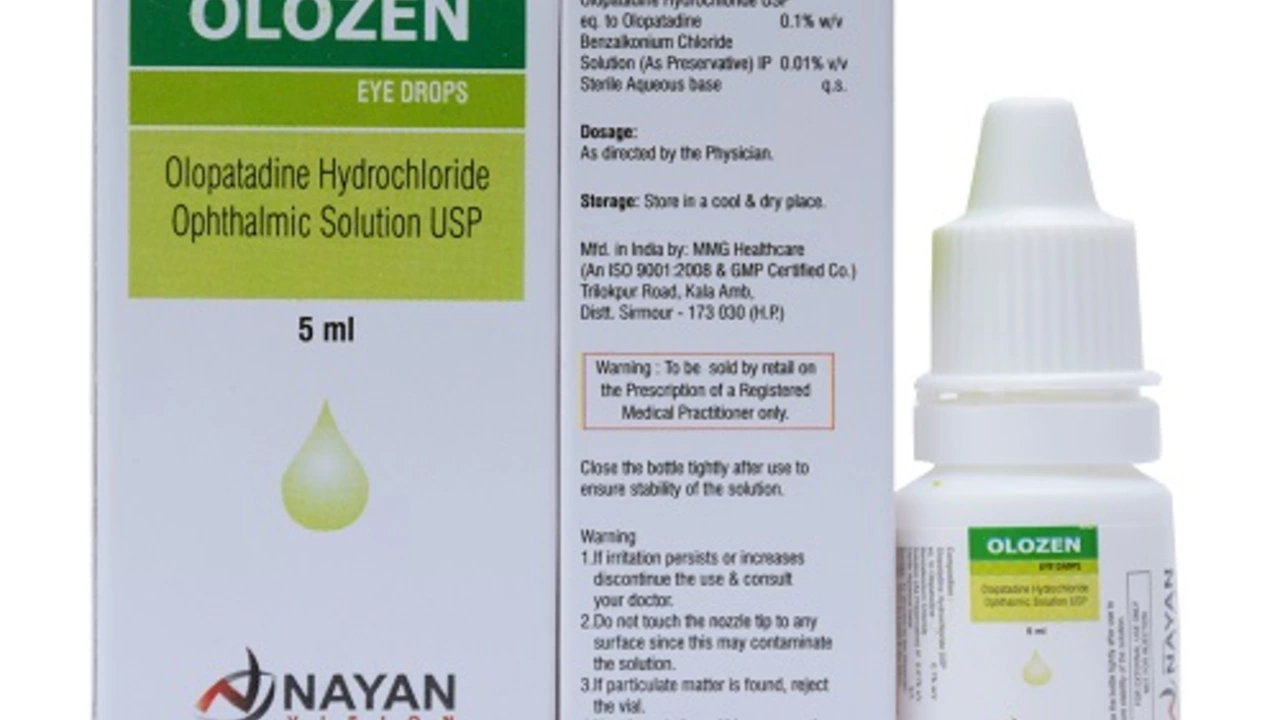Skin Allergies: What You Need to Know Right Now
Rashes, itching, and red patches are annoying — and usually caused by a skin allergy. If your skin reacts quickly after contact with a new soap, plant, or metal, that’s often allergic contact dermatitis. If bumps appear and move around the body, think hives. This page gives clear, practical steps you can try today and tells you when to get medical help.
What causes skin allergies?
Common triggers are simple: fragrances and preservatives in personal care products, nickel or other metals in jewelry, latex, certain plants like poison ivy, and ingredients in topical medicines. In some people, foods or medicines cause itchy rashes or hives. Your immune system overreacts and releases histamine and other chemicals that make skin swell and itch.
Timing matters. A reaction that shows up minutes to hours after exposure is usually an immediate allergy (like hives). A reaction that appears after a day or two often means delayed contact allergy. If you notice the same product or material causes the same reaction repeatedly, that’s a strong clue about the trigger.
Treatments & simple home fixes
Start with easy, safe steps. Cool compresses reduce itch and swelling. Apply a clean, damp cloth for 10–15 minutes several times daily. Use a plain, fragrance-free moisturizer to repair the skin barrier — thicker creams or ointments work best for very dry, cracked areas.
For short-term relief, try over-the-counter antihistamines (like cetirizine or loratadine) to calm itching from hives. For mild inflammatory rashes, a 1% hydrocortisone cream applied once or twice daily for up to two weeks often helps. Avoid scratching — cover the area loosely if needed, and keep nails trimmed.
If a product caused the problem, stop using it. Patch testing by a dermatologist can identify contact allergens like nickel or preservatives if you keep getting the same reaction. For persistent or severe eczema, a doctor may prescribe stronger topical steroids, topical calcineurin inhibitors, or short courses of oral medications.
Watch for red flags. Get immediate care if the rash spreads quickly, if the skin blisters or looks infected (increasing pain, warmth, pus), or if you have facial swelling, trouble breathing, or dizziness — these could be signs of a serious allergic reaction.
Kids often react differently. Babies commonly get diaper rash or eczema from irritants. Use gentle, fragrance-free products and speak with your pediatrician if the rash is widespread, wet, or not improving with simple care.
Prevention is mostly practical. Read labels, choose hypoallergenic products, avoid known triggers like certain metals or plants, and keep a photo or diary of reactions so you can spot patterns. If you’re unsure, a dermatologist or allergist can run tests and suggest a long-term plan that reduces flare-ups and keeps your skin working like it should.
Olopatadine HCL for Skin Allergies: What You Need to Know
In my latest post, I delved into the topic of using Olopatadine HCL for skin allergies. This medication is known for treating symptoms associated with allergies and it's crucial to understand how it works. I went into detail about its uses, potential side effects, and precautions to take while using it. It's vital to consult with a healthcare provider before starting any new medication, including Olopatadine HCL. Check out the post for a comprehensive look at this allergy relief option.
View More
